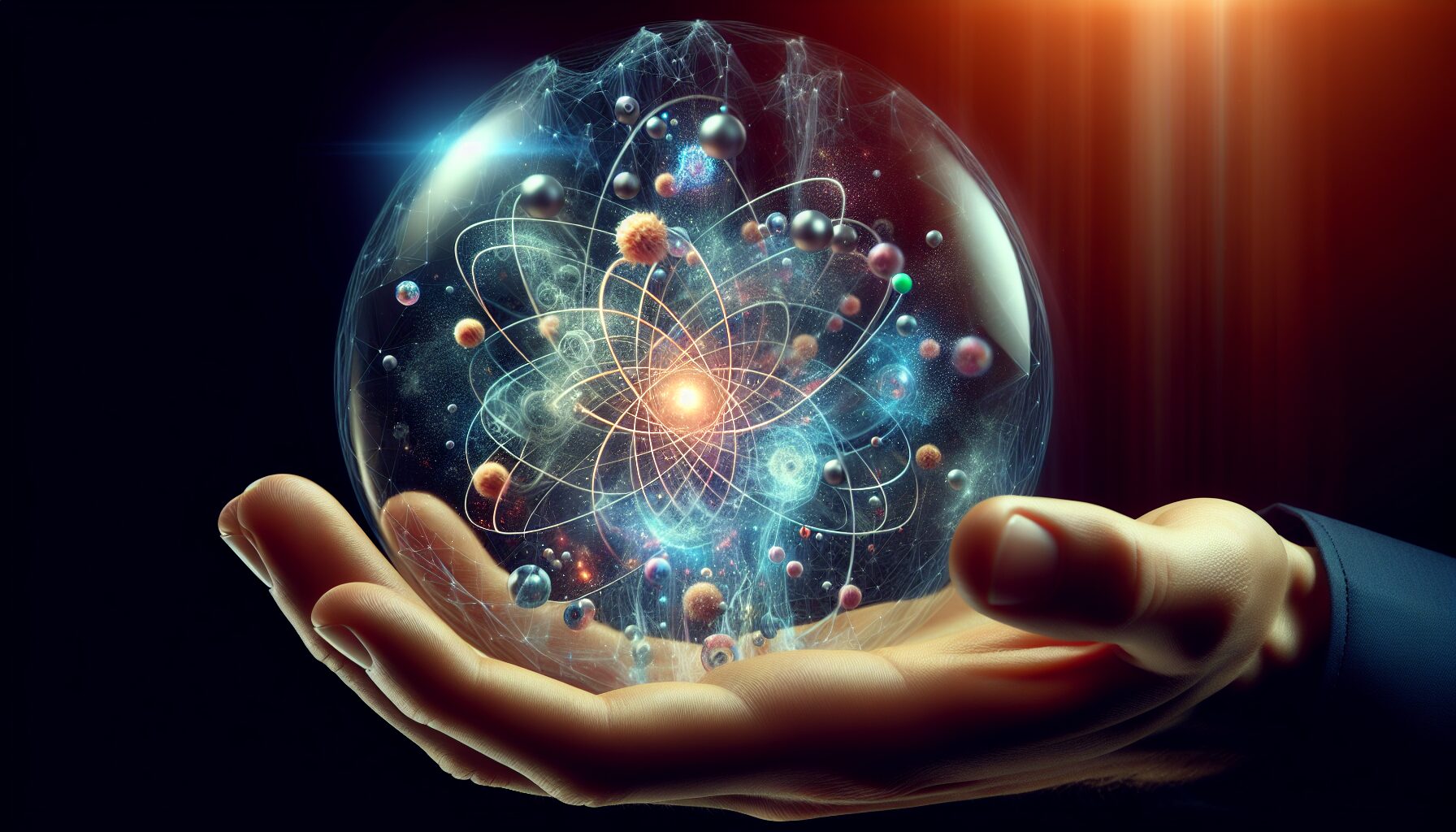The quantum world, a domain where particles behave in mysterious and unpredictable ways, has long fascinated both scientists and spiritual thinkers. This intersection of thoughts has given birth to what some call “Quantum Mysticism,” a philosophical and spiritual interpretation of quantum mechanics.
What is Quantum Mysticism?
Quantum Mysticism is a philosophical and spiritual interpretation of the principles of quantum mechanics. While mainstream science maintains a focus on empirical evidence and reproducibility, quantum mysticism connects these findings to metaphysical and consciousness theories.
- Wave-Particle Duality: The notion that particles like electrons display both wave and particle characteristics challenges our understanding of the material world and suggests the potential for deeper, unseen realities.
- Quantum Entanglement: This phenomenon, where particles become interconnected and the state of one instantly influences another regardless of distance, evokes notions of cosmic unity and interconnectedness.
- Observer Effect: Quantum mechanics posits that the act of observation can alter the behavior of particles, leading to philosophical inquiries about the role of consciousness in shaping reality.
Science Meets Philosophy
While quantum mysticism is often criticized by scientists for lacking scientific rigor, it remains a fertile crossroad of inquiry. Prominent physicists such as Werner Heisenberg and Niels Bohr, pioneers of quantum mechanics, often reflected on the philosophical implications of their discoveries. According to Stanford University’s entry on the Copenhagen Interpretation, Niels Bohr emphasized the complexity of quantum phenomena saying, “When it comes to atoms, language can be used only as in poetry. The poet, too, is not nearly as concerned with describing facts as with creating images.”
The Debate Continues
Despite the intrigue, the scientific community remains divided. Critics argue that quantum mysticism misinterprets quantum physics principles to suit spiritual agendas. Others, like physicist and author Fritjof Capra, see value in drawing analogies between quantum physics and Eastern mysticism, as explored in his influential book, “The Tao of Physics.” Capra writes, “Science does not need mysticism, and mysticism does not need science; but man needs both.”
Conclusion
The dialogue between quantum physics and mysticism continues to evoke questions that challenge the boundaries of science and metaphysics. While there is no consensus on quantum mysticism’s validity or utility, its ability to stimulate debate underscores the profound and enigmatic beauty of quantum theory. As we continue to unlock the secrets of the quantum universe, the invisible seems much closer to being part of our tangible reality.

Comments